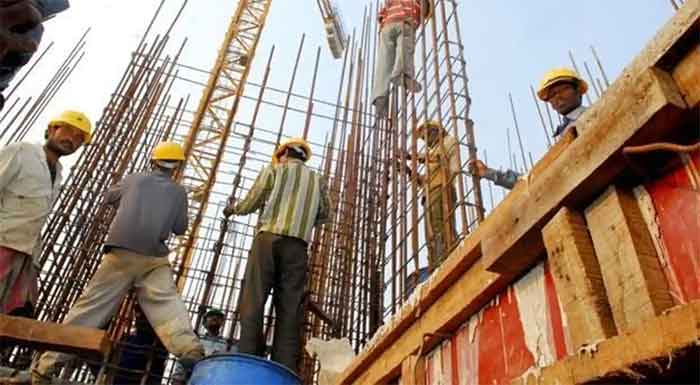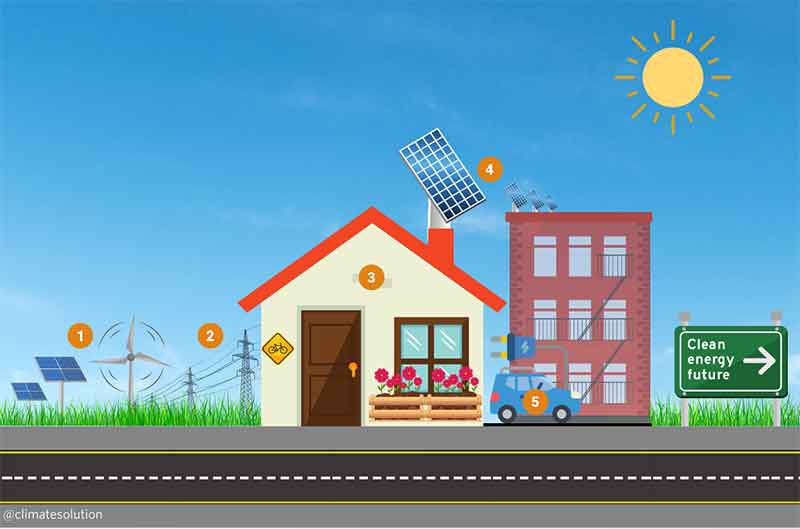
An important part of various manifestations of climate change is in the form of increasing heat waves. In India very worrying heat waves have been experienced in recent times, particularly in 1998, 2002, 2010, 2015 and 2022.
As for projections for the near future, on April 1 the Indian Meteorological Department (IMD) stated that above normal heat-wave days are predicted in most parts of central, east and north-west India during April-June 2023. The IMD Director-General M. Mahapatra said, “ A significantly higher number of heat-wave days are predicted over parts of Bihar, Jharkhand, Uttar Pradesh, Odisha, West Bengal, Chattisgarh, Mahrashtra, Gujarat, Punjab and Haryana.”
More generally, as increasing extreme heat events are being experienced almost every year, there is growing concern over their health impacts, particularly in the context of those sections of people who are more vulnerable to heat waves. Hence heat action plans have been prepared in various states, cities and in some cases even at district level.
In a recent review of nearly 37 such plans spread over 18 states, the Centre for Policy Research has stated that more attention should have been given to identifying more vulnerable groups. In this context it is important to note that a large number of workers in India toil for long hours in open space conditions where they are exposed to very intense exposure to sun, while some others work indoors in work which involves high thermal stress without adequate protective steps . Some of these workers and their work conditions are identified here, with the hope that vulnerability analysis gets more attention in heat plans prepared in future, and further that the concerns of these and other workers who face similar problems get more attention so that adequate preparations can be made in time.
- Mining and Stone Crusher Workers
India has a large number of workers in mining and stone crushing units who have been often found to be employed in very difficult conditions in extremely hot weather. If their working conditions, which are already known to be hazardous, are not improved in the coming phase of global warming, the health of these workers can deteriorate very fast. Many of the working sites are known for their extremely hot conditions for several months and this situation is certain to aggravate further in times of global warming. At most of these sites the problems of dust related health hazards is also very high., Many of these workers suffer from silicosis and other dust related health problems which increases their vulnerability to heat waves further. The accident rate at mining and stone crushing sites is also known to very high. Change in work time, provision of better diet and cool and clean drinking water period, providing rest time and rest place as well as first aid facilities should be prioritized.
- Construction workers
India has a very large number of construction workers who have to do most of their work in the open. Sometimes even basic facilities like clean drinking water are not available. The accident rate in this sector is known to be quite high, particularly in the construction of skyscrapers and dams. In times of climate change, exposure to intense heat and other extremes of weather can increase health problems for workers and heat stress in turn resulting in increase in possibilities of accidents. Hence relief needs to be provided to workers in the form of longer afternoon lunch break cum rest period, rest place which is shady and cool, better provision of cool and clean drinking water, first aid facilities at work sites apart from overall improvement in working conditions. As conditions of construction workers has deteriorated in recent times in terms of income and nutrition, their vulnerability needs all the more attention.
- Domestic Workers
India has a large and increasing number of domestic workers, particularly in urban areas. These domestic workers often work in a number of homes. Even now they frequently face exhaustion due to hard work in many homes and their poor nutrition. Their problems can increase greatly in heat wave conditions as they go to many houses for work, apart from commuting from their own home. Helpful laws should be enacted so that their working conditions, nutrition and income can improve. Those domestic workers who come from distant areas need some resting place and time at a cool place which they often do not get at present. Employers should be sensitized for better care of the needs of domestic workers. They should be entitled to government medical care facilities in the places where they come to work, and not just where they live. In addition with some educational inputs and training, they can help in checking wastage of water, energy conservation and reducing GHG emissions in many homes where they work. In COVID and post COVID times, their income has decreased and debts have increased, so they need more attention.
- NREGA Workers
Workers employed under the rural employment guarantee legislation in India are often called NREGA workers in short. Although this law enables them to get their employment near home, they often have to do earth digging and carrying work in intense heat. The exposure to extreme heat can increase with global warming. They can be helped by regulating work hours, avoiding hours of extreme heat and providing better water and care facilities near the work sites. Some provisions for better work conditions are already provided in the law while some others can be introduced to take care excessive heat related conditions. In areas where flexibility according to local weather and other conditions prevails, it has been seen that health risks have been decreased significantly by starting work early in time and avoiding afternoon heat stress altogether ( returning late in the evening if needed for work). However some of the recently introduced, unnecessary attendance changes may prove to be a serious problem for achieving such flexibility in work hours.
- Industrial Workers with Heavy Thermal Stress
Many industrial workers such as steel and iron workers, other metal workers, glass workers and others are exposed to heavy thermal stress. Protective cover should be provided to these workers in times of climate change and resulting heat waves by workplace improvements, rest time and rest place as well as first aid facilities. The working time spent in intense heat conditions, for example in front of a furnace, should be reduced and strictly regulated.
6.Forest Produce Collectors and Forest Workers
India has a large number of forest workers, employed by forest departments or corporations, or working for contractors or other agencies. In addition an even larger number of persons including a high share of women are engaged in seasonal collection of diverse kinds of minor forest produce (or non-timber forest produce) including fruits, seeds, leaves, flowers etc. for self- consumption as well as for sale. In the case of many tribal communities, forest-produce gathering is still a very important source of livelihood even though this is being eroded all the time by hostile laws and rules, hostile officials, depletion of forests and exploitation by traders.
To the extent that climate change may have an adverse impact on certain types of forests and trees, some of these livelihoods may face more threats in times of climate change. What is even more likely is that forest workers and forest produce gatherers will suffer much more from the intense heat and heat wave conditions. More protective conditions in the form of readily available cool and clean drinking water and resting places for afternoons will have to be created near work sites with first-aid facilities for tackling dehydration and related conditions and/or some facilities can be provided for forest workers at forest department buildings that already exist. A rest place with essential provisions can be set up within a forest areas where needed. Due to their experience of working in forests, these groups can also contribute greatly to increasing green cover.
- Rickshaw Pullers and Hand Cart Pullers
India’s cities have a large number of rickshaw and hand cart pullers. They lead a precarious life with many problems and risks, and these are likely to increase in times of climate change. Shady waiting places with clean drinking water and better access to health care will help to reduce some of these problems. Although neglected, rickshaw and cart pullers contribute to reduction of GHG emissions.
- Sanitation Workers
Sanitation workers have been among the most neglected in India and face several health risks. Their health problems are likely to increase in heat wave conditions and they need access to health care as well as first aid close to their working place.
- Farm workers and farmers
Farm workers and farmers will invariably face more heat stress during most months while working on farms. While farmers are relatively more free to decide their working hours, this cannot be said of many farm workers who may be asked by their employer to toil even in conditions of heat stress particularly when it is a busy season. Hence farm workers need better legal protection.
The number of these vulnerable groups is certainly much more. Migrant workers are certainly more vulnerable, as indeed are homeless people. There is need for advance protective preparations so that the coming difficulties can be better faced with less harm. The number of destitute or nearly destitute people on the streets can be quite high in several cities and they too will need a more caring attitude in times of increasing heat stress.
Bharat Dogra is Honorary Convener, Campaign to Save Earth Now. His recent books include Planet in Peril, Man over Machine and Protecting Earth for Children.

















































